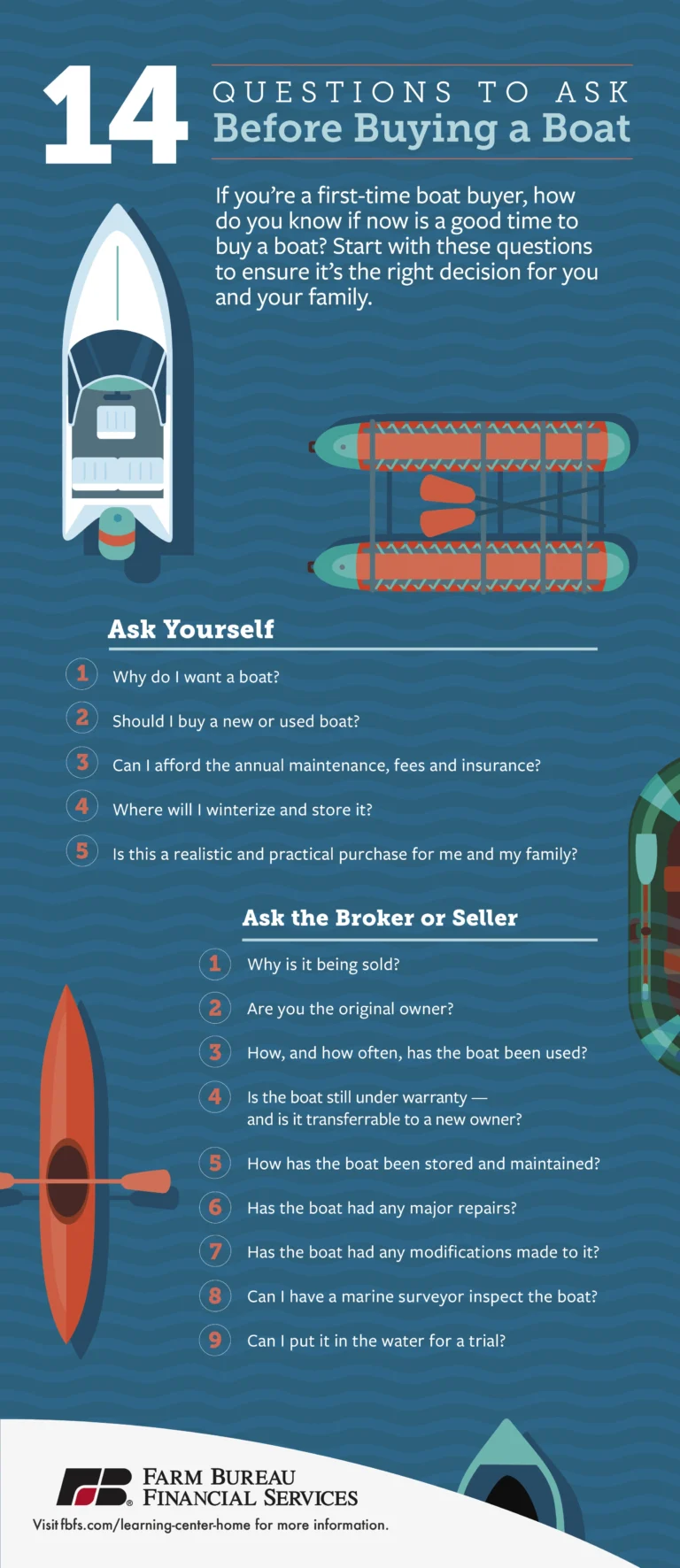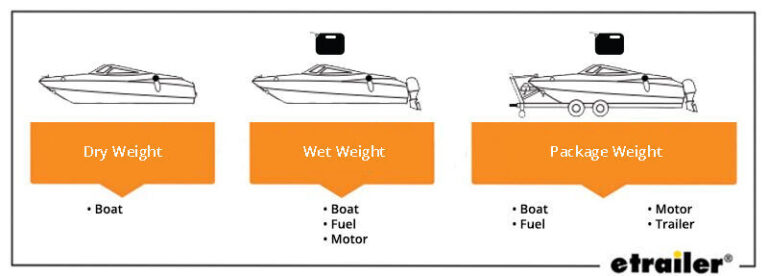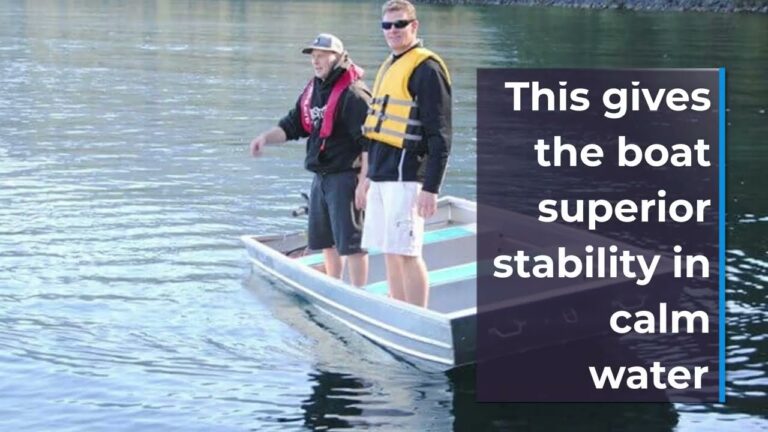How to Launch Boat by Yourself
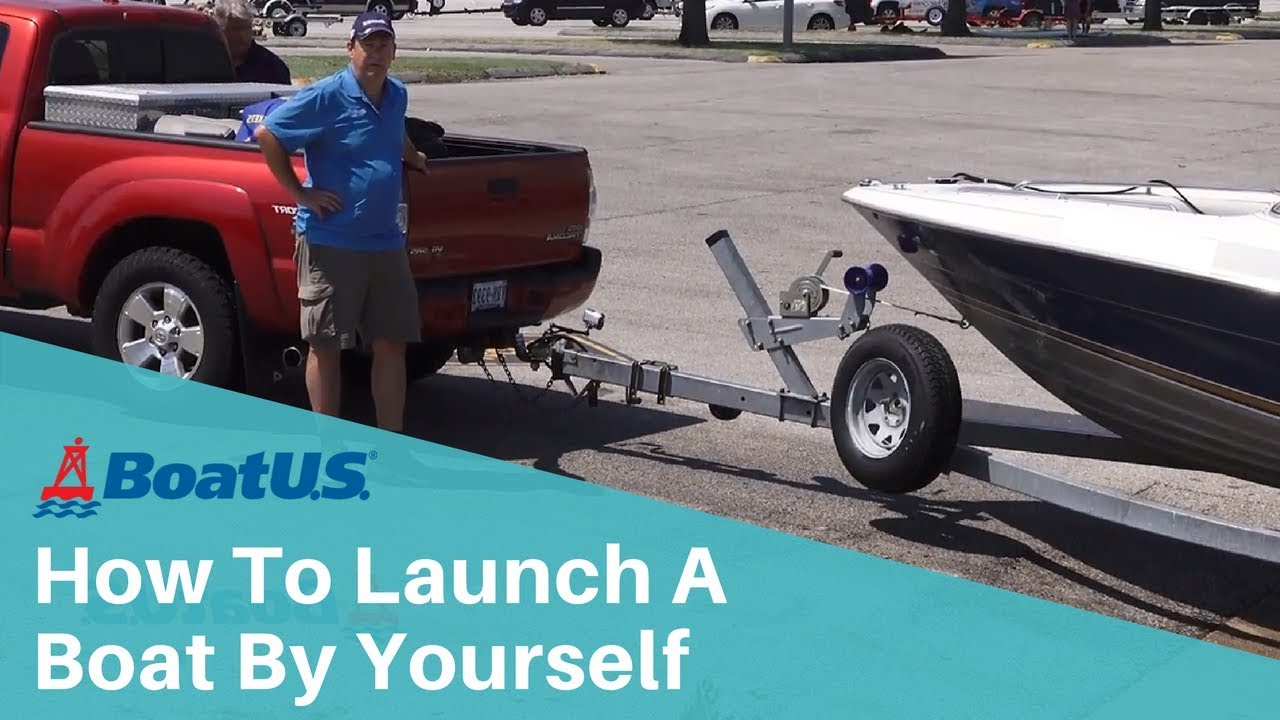
Launching a boat solo involves backing your trailer to the water and easing your vessel off gradually. Secure your boat to the dock before parking the trailer.
Launching a boat by yourself may seem daunting, but with the right preparation, it can be a smooth and satisfying experience. First, it’s critical to inspect your boat and trailer for safety and ensure everything is in proper working order.
Preparing your vessel with necessary gear and lines before backing down the ramp saves time and avoids congestion. Advance planning of the launch sequence and an understanding of the ramp conditions can prevent mishaps and delays. By following a personal checklist and maintaining a calm, methodical approach, you can efficiently set sail on your aquatic adventure, even without a crew.
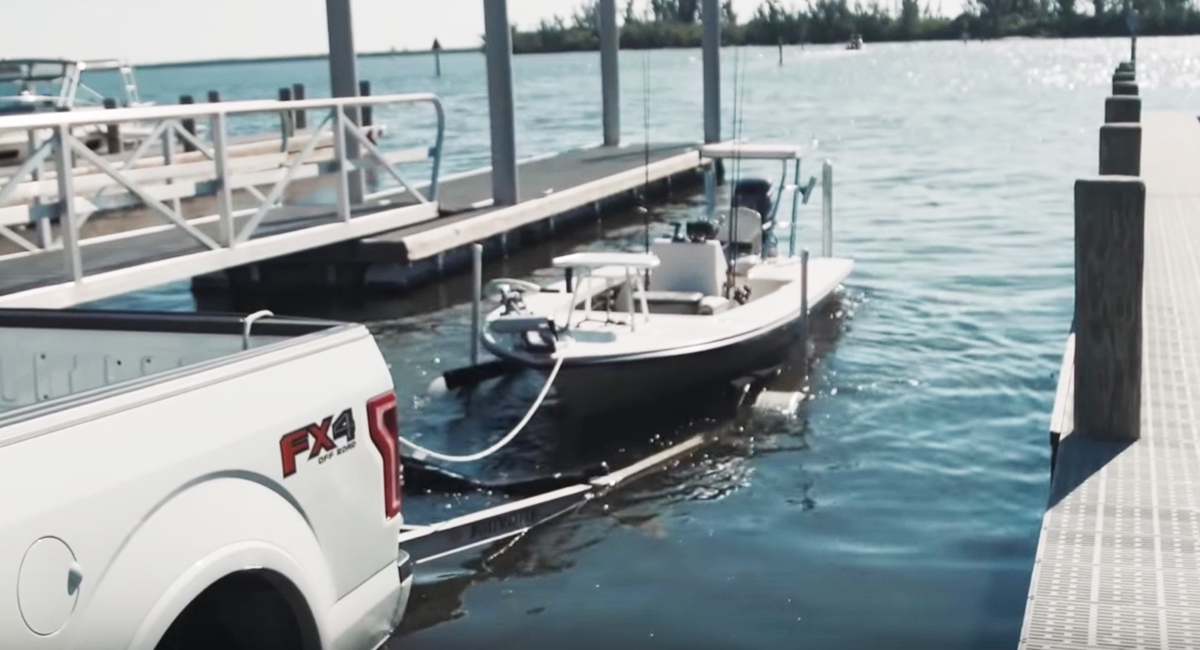
Credit: www.saltstrong.com
The Solo Boat Launch
Preparing to launch a boat alone demands attention to detail. Ensure you have all necessary equipment ready and perform a safety check. Familiarize yourself with the launch site beforehand. This means checking the water depth, dock conditions, and traffic patterns. Always bring life jackets, lines, and fenders accessible.
Set up a pre-launch checklist to ensure nothing gets missed. Your boat’s engine and fuel levels need checking. Also, make sure your trailer is in good shape. Rehearse the steps you’ll take from docking to setting off. A smooth launch greatly depends on clear, concise preparation. Practicing the procedures at home aids with efficiency at the launch site. This reduces stress, saves time, and enhances safety.

Credit: smoothmovesseats.com
Equipment Checklist
Before launching your boat solo, ensure your safety gear essentials are in check. Always have a life jacket. It should fit well and be U.S. Coast Guard-approved. A fully charged fire extinguisher and a sound-producing device like a whistle or horn are key. Your VHF radio is crucial for emergency communication. Don’t forget a first aid kit, just in case.
Moving on to a smooth launch, several instruments are vital. Equip yourself with a strong, waterproof rope to tie and release your boat. A long-handled boat hook can help you stay clear of the dock. Keep wheel chocks to secure your vehicle while you launch. Anti-slip gloves will give you a better grip and control. Lubricate your trailer’s wheels and check the air pressure before departure.
Trailering Your Boat
Getting your boat ready for the water involves a pre-launch checklist. Before hitting the road, double-check the trailer’s condition. Ensure the lights, brakes, and tires are functioning properly. Tires should be inflated to the correct pressure. The boat must be securely fastened to the trailer to prevent any movement. Safety chains should be crossed beneath the hitch and securely attached. Also, ensure the winch is locked and the bow safety strap is in place.
Connect the trailer to your towing vehicle using the hitch, and confirm that it latches firmly. Connect all necessary wiring for the trailer lights to make sure your brake lights, turn signals, and license plate lights are synced with your car. Doing these steps keeps you and others safe on the road. Remember to check everything twice before you leave.
Water’s Edge Strategies
Launching a boat by yourself demands careful preparation. Proper trailer alignment is essential before you approach the water. Start by positioning the trailer in a straight line. This will make the backing process smoother.
Before you begin backing, check all mirrors for a clear view. Avoid sharp corrections to keep the trailer on track. Small, incremental steering adjustments prevent swaying. Use guide-ons if fitted, as they help in maintaining direction.
Take it slow, watching your progress in the mirrors. Stop frequently to assess your position. This ensures you stay on the correct path. Finally, ensure the boat is secured and equipment stowed before you reach the ramp.
Launching The Boat
Launching a boat solo requires attention to detail and safety. First, ensure that the boat is properly prepped and all the necessary equipment is onboard. Adjust the boat straps and lines before you start.
Make sure the launching area is clear, and adequately assess the water conditions. Carefully back up the trailer to the edge of the water. Once in position, secure the vehicle’s parking brake.
Unlocking the winch and using a guiding line, gently slide the boat into the water. Hold the line tight to control the boat’s movement. Upon complete release, tie up to the dock before parking your vehicle.
Post-launch Procedure
After successfully launching your boat, it’s time to secure your trailer. First, make sure the parking brake is engaged. Always double-check that chains are disconnected from the boat. Next, inspect the lights and tires for proper function and air pressure. Lock the hitch to prevent any unwanted detachments.
Moving away from the launch area, keep your speed slow. Look around for people or objects. Drive slowly to avoid causing waves. Now, find a proper parking spot. Make sure your trailer is parked on level ground. Use wheel chocks on both sides of the tires if available. This action will prevent the trailer from rolling.

Credit: www.youtube.com
Frequently Asked Questions For How To Launch Boat By Yourself
How Do You Back In A Boat By Yourself?
Ensure your path is clear, then turn the boat’s wheel toward the dock. Gently reverse, using minimal throttle. Constantly check your surroundings and adjust the wheel as needed for precision. Dock slowly and secure the boat.
Can One Person Unload A Boat?
Yes, one person can unload a boat, depending on the boat’s size and weight, and the individual’s strength and experience.
What’s The Best Way To Launch A Boat By Yourself?
Prepare your boat before reaching the ramp. Securely attach a line for control. Slowly back the trailer into the water. Unhook the boat once afloat. Use guide poles to steady and guide the boat if available. Park your vehicle and enjoy your solo adventure on the water.
Can You Dock A Boat By Yourself?
Yes, you can dock a boat by yourself. Approach slowly, secure the bow and stern lines, use fenders to prevent damage, and adjust for wind and current. Always stay calm and prepare your docking strategy in advance.
Conclusion
Launching a boat solo can seem daunting, yet with the right preparation, it’s entirely achievable. Remember to prioritize safety, practice your technique, and stay calm. Armed with these tips, your next solo launch will be smooth sailing. Embrace the challenge, and enjoy the freedom of the open waters!
